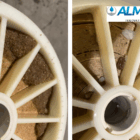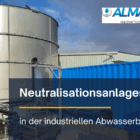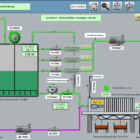Membrane aerators are essential components in modern biological wastewater treatment plants. They ensure a fine distribution of air or oxygen in the aeration tank, providing microorganisms with an optimum supply of oxygen. This process is crucial for the efficient implementation of biological reactions that break down organic impurities and nutrients such as nitrogen and phosphorus. Membrane aerators are characterized by high efficiency, durability and energy savings, making them a preferred choice in industrial and municipal wastewater treatment plants.
Table of contents
Functional principle of membrane diffusers
Membrane diffusers work on the principle of micro-bubble aeration. Air or pure oxygen is forced through a flexible, perforated membrane made of durable materials such as EPDM (ethylene propylene diene monomer) or silicone. The membrane is provided with fine openings through which the air escapes in the form of small bubbles.
Key features:
Fine bubble technology: Maximizes the contact surface between air and water, making oxygen transfer more efficient.
Self-cleaning: The diaphragm openings are designed to close when pressure is released, minimizing fouling and blockages.
Pressure regulation: Membrane diffusers operate in an optimized pressure range to avoid energy losses.
Design and materials of membrane diffusers
1. membrane materials:
EPDM: Cost-effective, robust and resistant to many chemical contaminants. Particularly suitable for municipal wastewater systems.
Silicone: Higher chemical resistance and temperature tolerance, ideal for industrial applications.
PTFE-coated diaphragms: Additional protection against chemical attack and fouling, which extends the service life.
2. support structure: The membranes are mounted on rigid or flexible support structures that ensure mechanical stability and even air distribution.
3. connection and distribution systems: Membrane aerators are integrated into a piping system that distributes the air evenly in the pool.
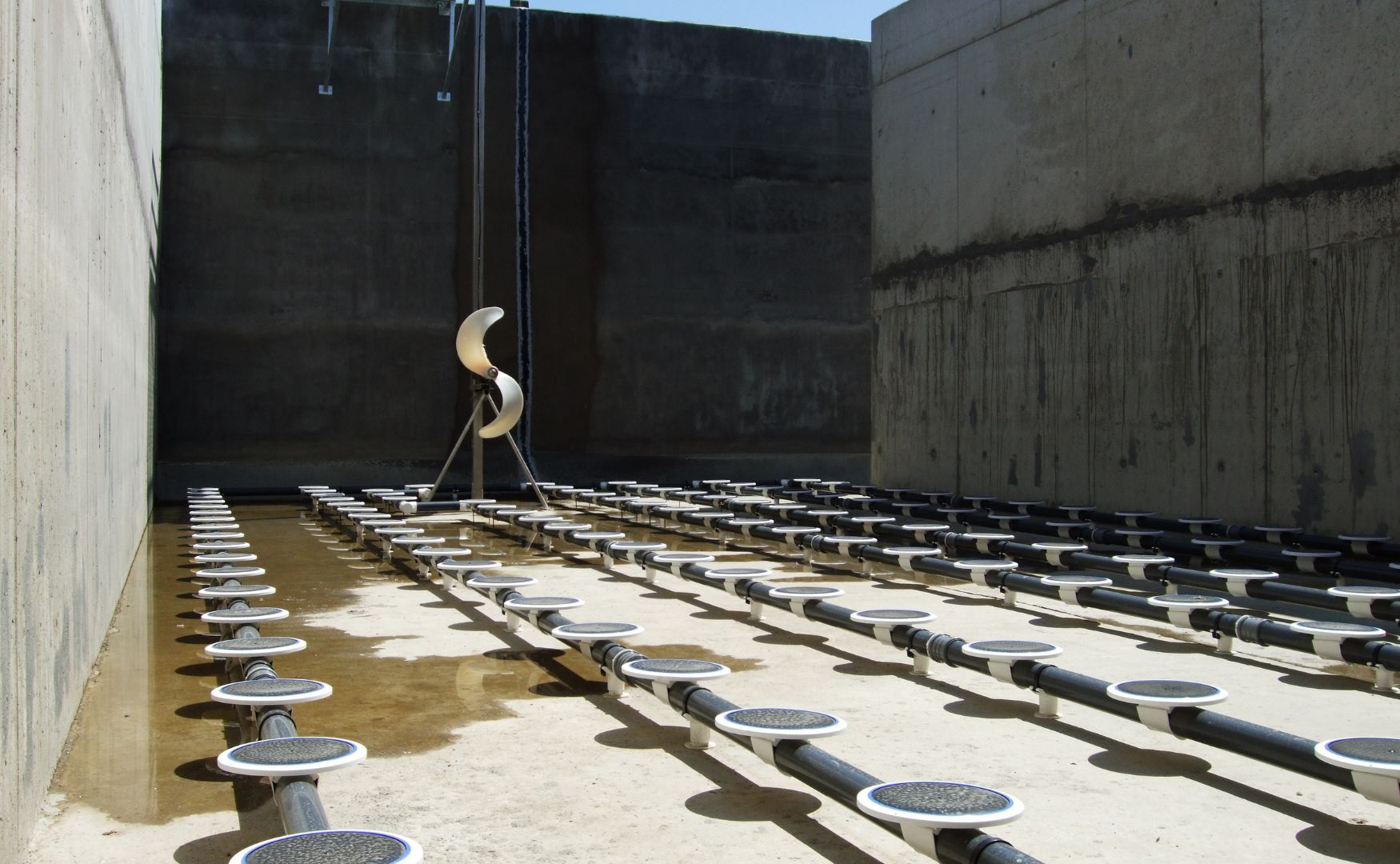
Photo: Aeration tank with membrane disk aerator (process: ALMA BHU BIO)
Advantages of membrane diffusers
1. higher oxygen transfer efficiency: The fine bubble technology ensures a high oxygen transfer rate (SOR), which reduces energy consumption.
2. reduced energy requirement: Thanks to the optimized pressure range and efficient bubble formation, membrane diffusers require less energy compared to large bubble aeration systems.
3. durability: Robust materials such as EPDM or PTFE ensure a long service life, even under tough operating conditions.
4. flexibility in application: Membrane diffusers are available in different sizes and shapes (disc, tube or plate diffusers) and can be adapted to specific requirements.
Challenges and solutions
1. fouling and blockages:
Problem: Deposits of biomass or chemical substances can impair efficiency.
Solution: Use of self-cleaning membranes and regular maintenance cycles.
2. chemical loads:
Problem: Industrial wastewater can contain aggressive chemicals that attack the membrane.
Solution: Use of chemical-resistant materials such as silicone or PTFE-coated membranes.
3. energy efficiency:
Problem: High operating costs due to inefficient air distribution.
Solution: Optimization of the air supply and selection of energy-efficient fans.
Applications of membrane diffusers
1. municipal wastewater treatment plants:
Main component in the activated sludge process for the treatment of organic impurities and nutrients.
2. industrial wastewater treatment:
Used in the food, chemical and pharmaceutical industries to efficiently treat complex wastewater.
3. membrane bioreactors (MBR):
Membrane aerators play a crucial role in MBR systems by meeting the oxygen demand of the biological processes and keeping the membranes free of deposits.
4. fish farming and aquaculture:
Used to oxygenate water to ensure optimum conditions for fish farming.
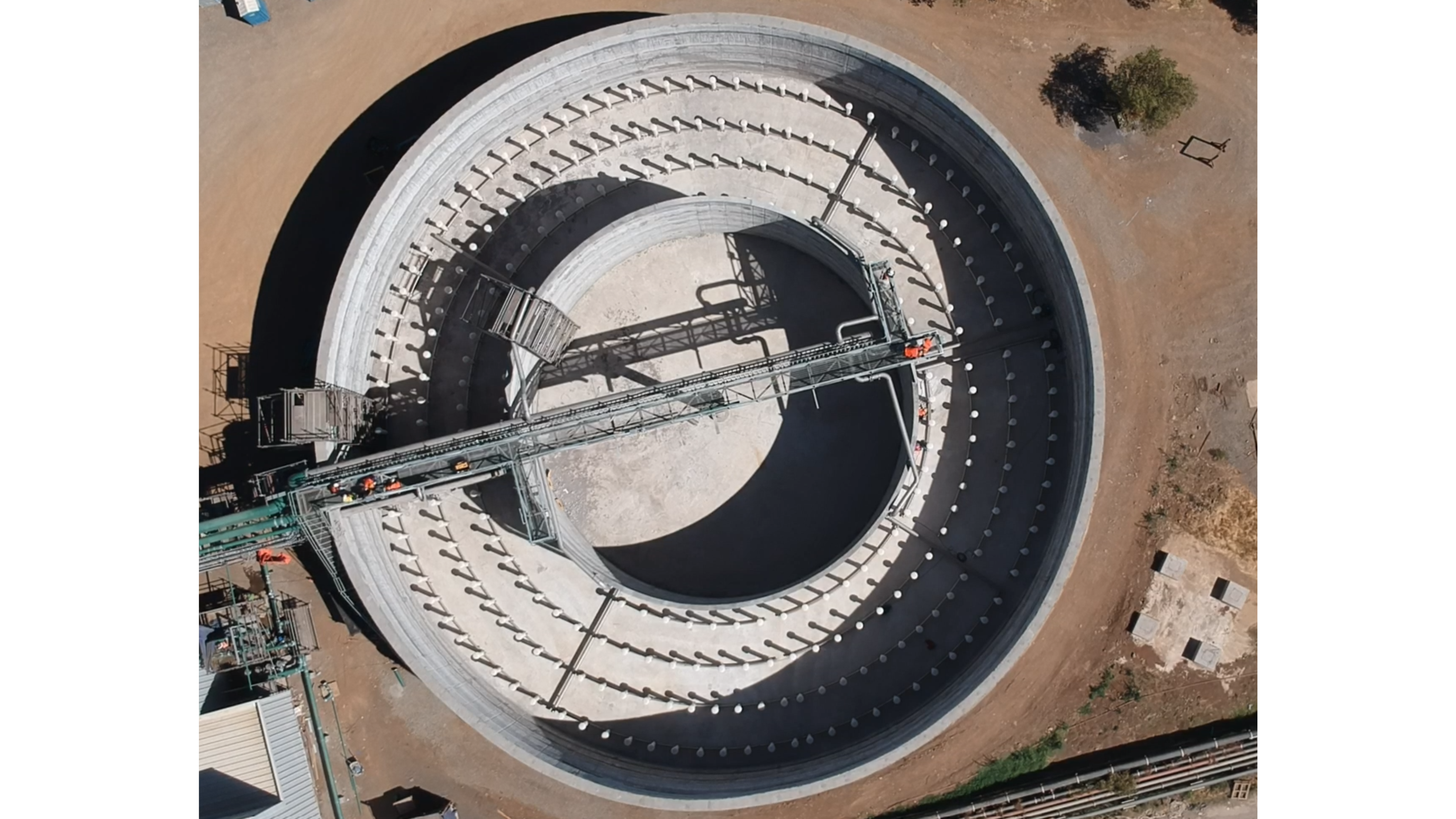
Photo: Aeration tank with membrane tube aerators (process: ALMA BHU BIO)
Conclusion
Membrane aerators are essential components in modern biological wastewater treatment systemsand offer a highly efficient solution for oxygen enrichment. They combine high efficiency, durability and flexibility, making them indispensable in a wide range of applications. With proper use and regular maintenance, they can contribute significantly to energy savings and improved water quality.
For further information on our products, please feel free to contact us at any time!



